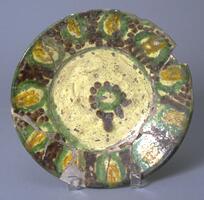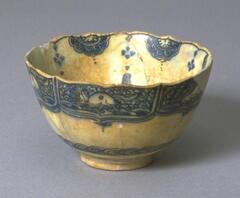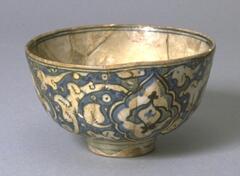28 UMMA Objects
28 UMMA Objects

Iranian (Iranian)
Deep bowl with vegetal and calligraphic designs
10th century
Museum purchase made possible by the Margaret Watson Parker Art Collection Fund
1961/1.185

Iranian (Iranian)
Star-shaped tile with molded floral design
1400 – 1599
Transfer from the College of Architecture and Design
1972/2.135
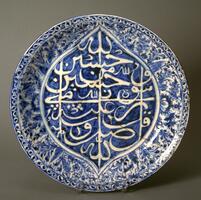
Ali ibn al-Hajj Muhammad
Platter with an inscription from a Hadith [a saying of the Prophet Muhammad], signed by Ali ibn al-Hajj Muhammad
1600 – 1799
Transfer from the College of Architecture and Design
1972/2.158

Iranian (Iranian)
Plate with deep red-brown glaze spashed with yellow (cracked)
1600 – 1899
Museum Purchase
1957/1.98

Iranian (Iranian)
Shallow open box with three compartments, adorned with women's faces
19th century
Museum Purchase
1957/1.99
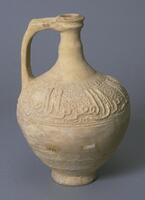
Iranian (Iranian)
Jug, narrow neck, single handle, band of decorative inscriptions at shoulder
900 – 1199
Museum Purchase
1959/1.91
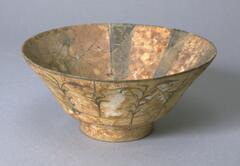
Iranian (Iranian)
Bowl with calligraphic inscriptions and floral designs
13th century
Museum purchase
1957/1.57
Loading…
